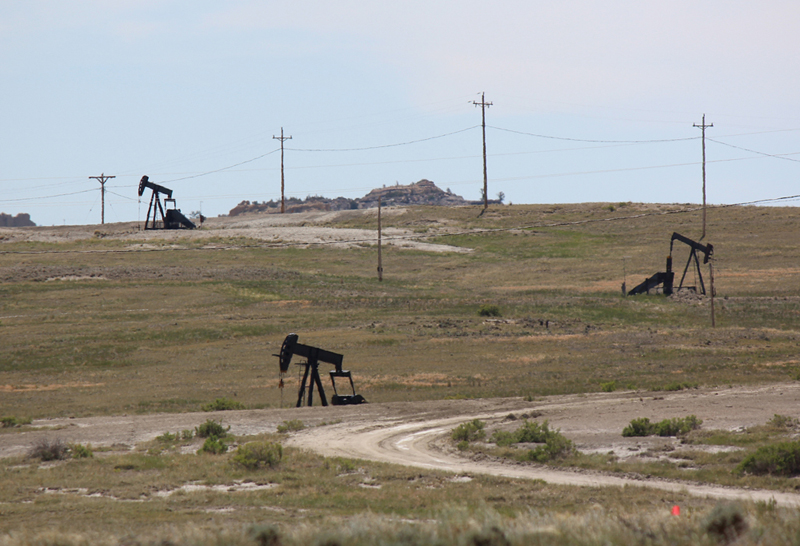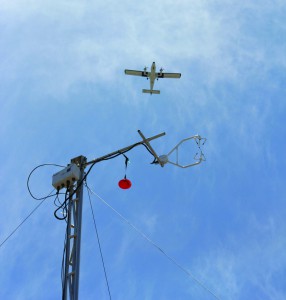January 2014, Vol. 241 No. 1
TechNotes
Technologies Measuring Methane Emissions Tested In Field Experiments

A new collaborative science program is pioneering the development of ultra-sensitive methane-sensing technology, following a field experiment at the Department of Energy’s (DOE) Rocky Mountain Oil Testing Center (RMOTC), 35 miles north of Casper, WY.
The project is a joint effort of NASA’s Jet Propulsion Laboratory (JPL), Los Alamos National Laboratory (LANL), Chevron Corp. and DOE.
“Given the importance of methane to global climate change, this study is essential,” said Manvendra Dubey, of Los Alamos National Laboratory. “This work aids both commercial and government sectors in an effort to better understand and mitigate fugitive methane emissions.”
Why Measure Methane?
Methane, the principal component of natural gas, is one of many gases in the atmosphere that contribute to global climate change. It is a goal of industry and scientists alike to better constrain the sources of fugitive methane emissions from man-made activities. A key element in measuring methane concerns understanding the capabilities of available airborne and ground-based sensors.
The majority of the research has focused on upstream applications in the oil and gas sector with a recent methane-controlled release airborne/in situ project marking the first time that JPL and Los Alamos have worked collaboratively on an experiment this significant.
Work In The Field
The summer science campaign at RMOTC, held June 20-26, was designed to measure methane abundances released at different rates using three airborne instruments on four separate aircraft. The methane was released at metered, controlled rates and observed downwind by a 45-foot tower at each release site to examine the spatiotemporal variability of methane and local winds. Aircraft flew overhead to allow for sensor performance appraisal under controlled conditions.
JPL deployed three different airborne sensors: the Next Generation Airborne Visible and Infrared Imaging Spectrometer (AVIRIS-ng), the Hyperspectral Thermal Emission Spectrometer (HyTES) and the CARVE instrument suite. All of the airborne sensors have capability to detect enhanced concentrations of methane from ground sources.
“This study demonstrates tools that can be utilized for investigations of natural and anthropogenic methane emissions while also informing us to the performance expected from the next generation remote sensing instruments currently being designed at JPL,” said Andrew Aubrey, project manager at JPL.

RMOTC provided the testing grounds for the controlled-release experiment. JPL was responsible for deployment of remote sensing airborne instruments and Los Alamos provided ground-based sensor and modeling capabilities.
Los Alamos was responsible for the in situ science, including quantifying methane using tower-mounted ground-based sensors and a Picarro Global Surveyor vehicle for real-time assessment of methane concentrations and its isotopic composition, while conducting driving surveys.
Over the coming months the team plans to publish the results of the experiments. The tools tested at RMOTC include technologies that can help to allow safe and responsible production of gas in future operations.





Comments